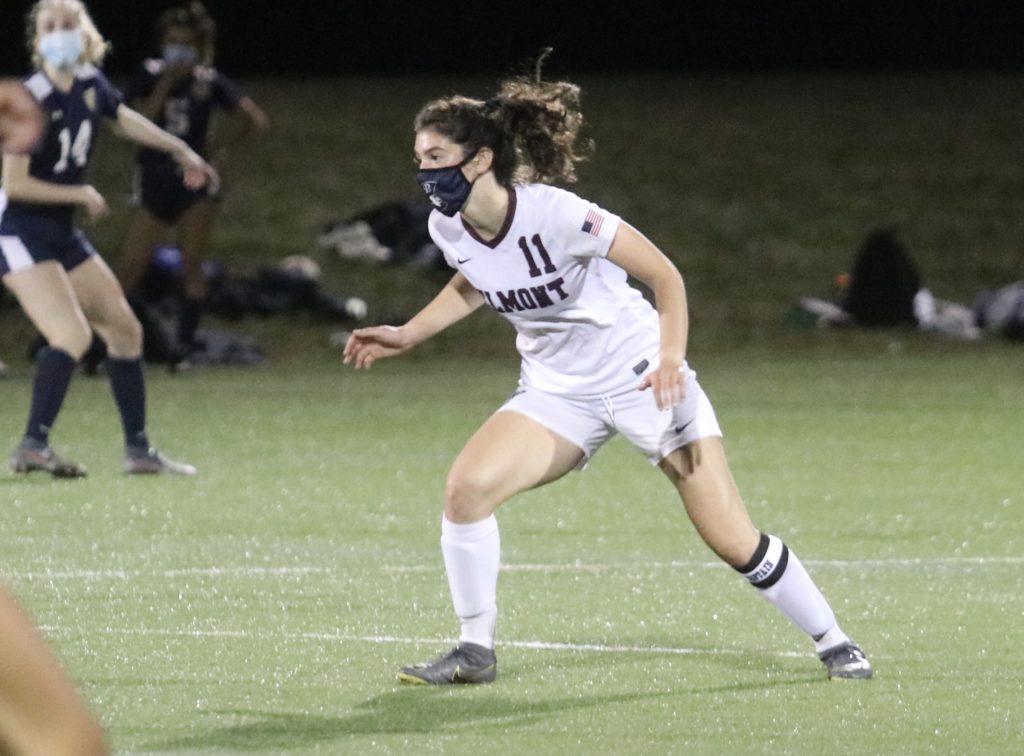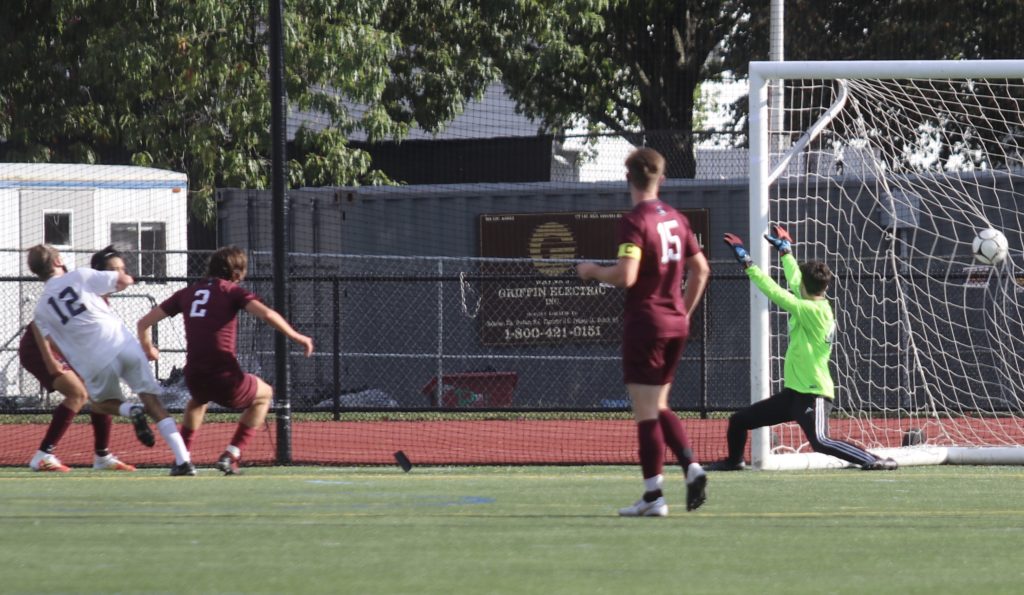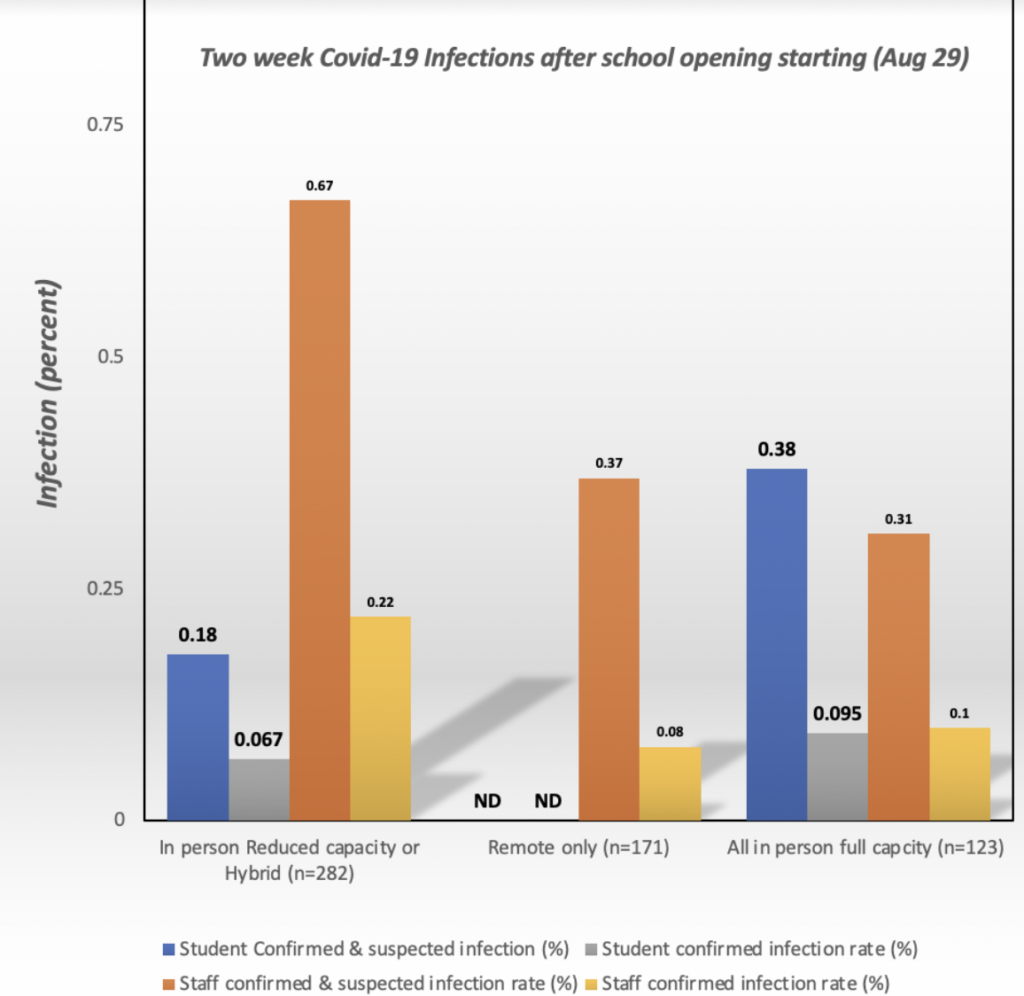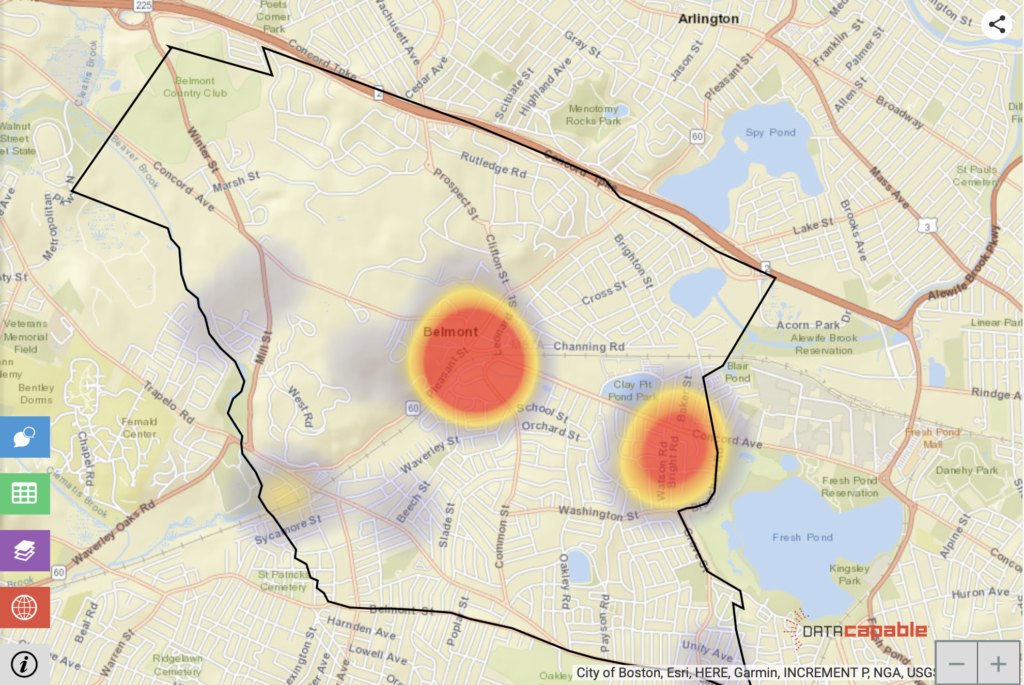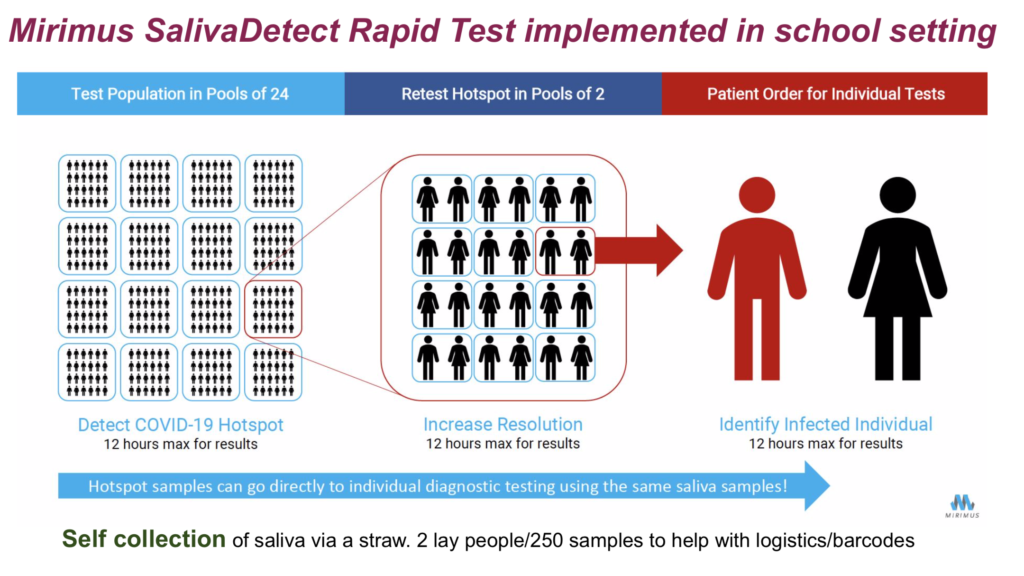Photo: Belmont High’s Isabel Burger
It was looking like a promising start to the shortened season for Belmont High’s Girls’ Cross Country. Senior Isabel Burger surged in the final half mile to win going away the first dual meet against Lexington on a crisp Saturday morning Oct. 3.

Lexington’s first runner came by 15 seconds back. Lexington runners then came in third, fourth and fifth. “I know we had runners who were better than those runners,” said Belmont Head Coach Melissa Tkacs.
When each of Lexington’s seven runners in the first wave of the varsity race had crossed the finish line of the 3.1 mile race in Lexington’s Hastings Park with nary a Belmont Harrier insight, “I knew something was not right,” said Tkacs especially when the second Belmont runner across the lin started two-and-a-half minutes after the first wave.
Thankfully, about 12 minutes after their expected arrival time the team began appearing from the Bermuda Triangle known as the Lexington cross country course.
So what happened? It appears that the Belmont runners behind Burger where told to run a half mile loop not the one time as they were supposed to but two extra times resulting in the “Lost Six” logging 4.1 miles. The runners said that a course official kept sending them back on the loop.
Due to the incorrect instructions, the Minutemen took the meet, 20-41.
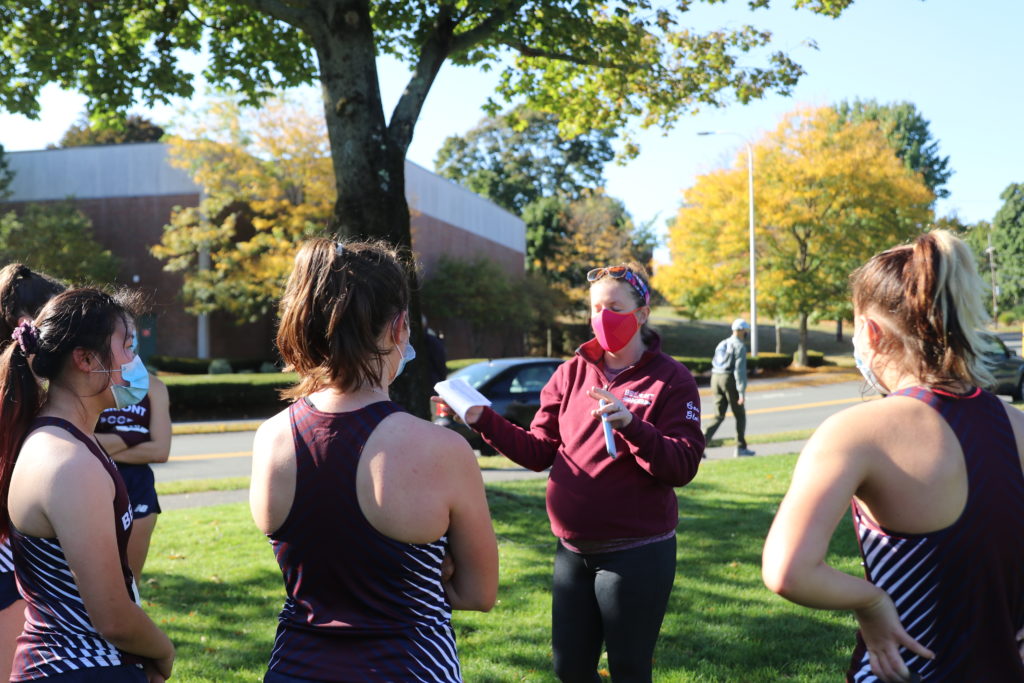
“The results won’t reflect what the girls are capable of,” said Tkacs. “They ran hard even though it was an extra mile and that a lot of extra running to do.”
“We’ll rally and do better at the next meet,” she said.
There has been conversations Belmont runners will return to the course to run and receive a time for the race.
Golf Hopes To Repeat Opening Win Against Always Tough Lexington
Belmont High’s golfers got off to a smart start in defense of its Middlesex League crown by defeating Arlington High’s SpyPonders, 41-31, at Winchester Country Club on Tuesday, Sept. 29. Head Coach Jeff Shea will lead his charges against visitors Lexington on Tuesday, Oct. 6 at 3:30 p.m.
Field Hockey Discovers The Old Ways Won’t Work
Belmont High Field Hockey has long been known as a team that used precise passing and pressuring defense to reach the post season 13 times in 14 years.
But under the new rules – reducing the numbers of players on each team from 11 to 7, no penalty corners and social distancing between players among others – its once strengths have diminished to a more wide open game that a single player can dominate.
Against Belmont in the season opener on Saturday, that one player was Lexington’s Maddie Devine. Last year’s Middlesex League co-MVP who will be heading to BU next year, Devine quarterbacked a quick team that found space all over the field playing a long ball game.
“We went into the game with an offensive mindset because we looked good in practice,” said head coach Jess Smith. But early in the game, Lexington was able to send midfielders into the offensive end, creating odd man breaks where two or three Minutemen would be defended by a single Belmont back line player.
“No matter how much you practice, it’s only in the game where you saw how important long passes and speed have become,” said Smith.
Needing to quickly adjust their game, Belmont would revert back to playing as if it was 11 players against 11 with a reliance on short connecting passes. “But that’s wasn’t going to work,” said Smith.
It wasn’t pretty at the end as Belmont and Smith suffered its worst defeat since Smith arrived in 2004, losing 8-0.
“We’ll have to work on our defense and learn to adjust. But we’re just not there just yet,” said Smith.


